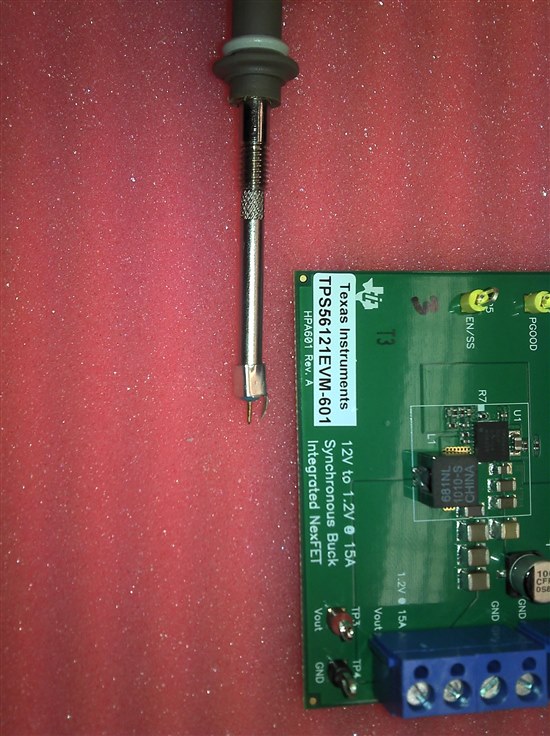I have a similar issue with my TPS5410. The attached waveform show what I get on the PH pin on 2 of my chips for different output voltages. As you can there is an oscillation in there. I have used the online tool and schematic and the recommended layout on my board also. I also have attached my board layout.
Thanks


